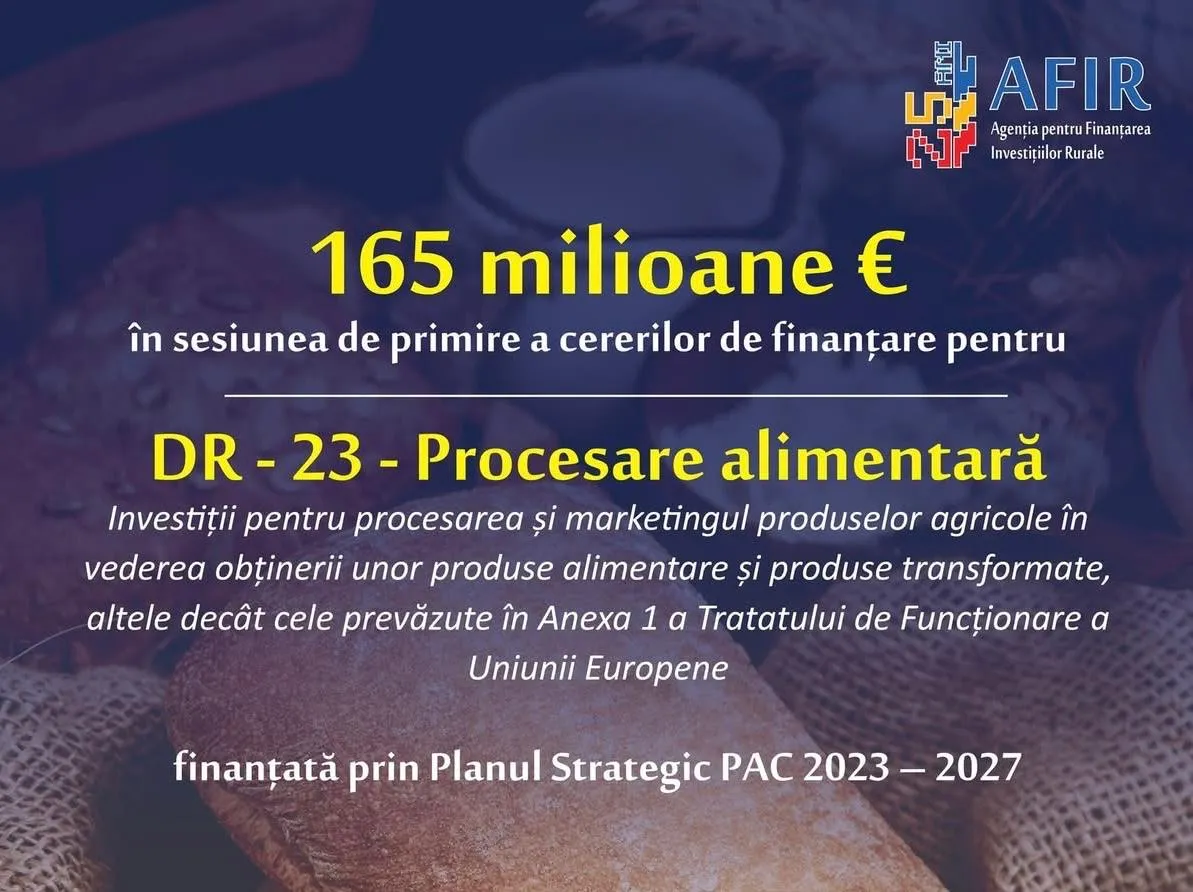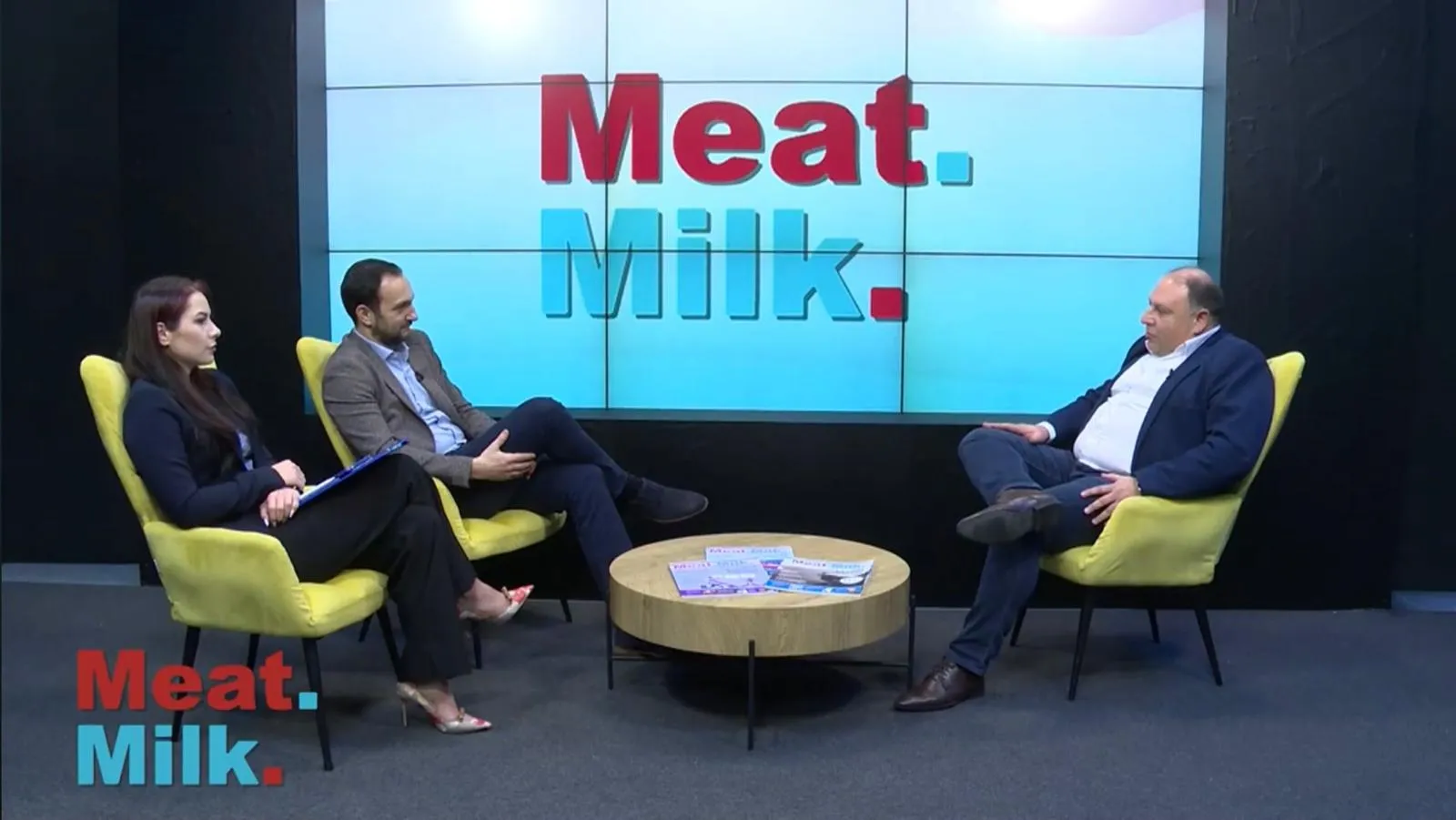573

Food Traceability – The Foundation of Consumer Trust and a Modern Agri-Food System
Food traceability has become a cornerstone of consumer confidence and product safety in the agri-food sector. In an increasingly demanding European market — where origin, quality, and environmental impact matter more than ever — Romania is still working to consolidate a unified system capable of tracking every stage of the food chain, from farm to shelf.
According to the European Commission, traceability is “the ability to identify and trace any food product through all stages of production, processing, and distribution.” In Romania, the full implementation of these standards remains fragmented — only major companies and international retail chains currently use integrated digital systems.
The European Food Safety Authority (EFSA) reports that 70% of food non-compliance incidents detected in 2024 across the EU were identified thanks to automated traceability systems. At national level, however, only 35% of small and medium-sized operators use digital monitoring tools, according to data from the Ministry of Agriculture and Rural Development (MADR).
“Traceability is not an administrative formality — it is a guarantee of quality and economic credibility. Every link in the agri-food chain must take responsibility,” states a World Bank report on the modernization of food markets in Central Europe.
The same report recommends that Romania accelerate the digitalization of the producer registry and integrate the databases of ANSVSA, APIA, and ANPC to ensure real-time coordination and transparency.
A positive example can be seen in the dairy sector, where several cooperatives in Transylvania and Moldova have introduced QR codes allowing consumers to check the milk’s origin, the farm of provenance, and the processor. Similar practices are emerging in the meat industry, especially through pilot projects supported under the CAP Strategic Plan (PNS) 2023–2027.
However, Eurostat highlights two persistent challenges: the lack of interoperability between IT systems across public institutions and the limited level of digital literacy in rural areas. Without a unified national traceability system, a significant part of Romania’s food chain remains vulnerable to reputational and economic risks.
Food chain transparency is not merely about control — it is an instrument for economic growth. Through digitalization, institutional cooperation, and effective public communication, Romania can build a trust-based model linking producers, processors, and consumers — the true foundation of a modern and competitive food industry.
(Photo: Freepik)





